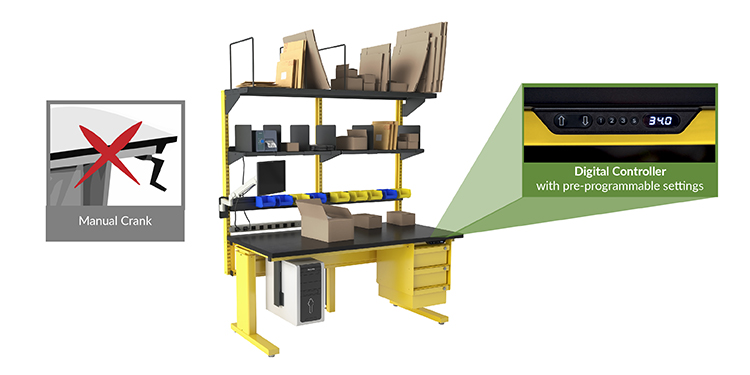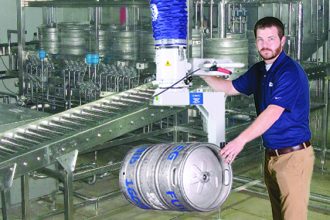
Even as operations are adding more automation and technologies that free personnel from redundant or repetitive work, manual material handling tasks remain. An emphasis on safety and proper ergonomics — as well as investing in ergonomic equipment that supports safe work processes — will make a significant impact on reducing musculoskeletal injuries while bolstering efficiency. Yet, in spite of the best intentions, some ergonomic initiatives are doomed to fail because employees won’t comply. Here are three of the most common mistakes companies make when implementing an ergonomics program.
1. Employees weren’t consulted first. If a current process is to be modified or changed to improve the ergonomics of the workers performing that task, it’s critical to ask the employees who do the work what they’d like to see change. While the process can — and should — be observed and evaluated by managers, supervisors, and/or safety specialists, if changes are mandated without employee input they may not comply. Why? Sometimes it’s because the changes don’t streamline the process, or they add time or effort while hampering productivity. Other times the new steps or equipment don’t align with the correct order of task completion. If employees don’t believe the changes to be useful, they won’t follow or use them.
2. The equipment isn’t easy to use. The best ergonomic equipment features are the ones that employees use consistently. Consider an adjustable height workstation, may be intended to support workers of differing statures shift-by-shift. However, if the adjustment requires manual cranking as opposed to push-button power, employees will often find that to be cumbersome are far less likely to take the time or effort required to use the crank. Ergonomic features like this have to be both quick and easy to use in order for employees to actually use them; don’t invest in a tool that workers won’t use. In fact, for even easier operation, some powered height workstations offer pre-programmable, “one touch” settings that can be customized for different workers based on keying in their unique identification code.
3. Workplace culture doesn’t prioritize ergonomics. While many organizations say they put worker safety first, far too often the reality is that short-term thinking often sees ergonomics as a cost and not an investment. Employees who feel pressured to build a certain number of assemblies or pack a target amount of orders per shift are more likely to take shortcuts on ergonomics and even compromise safety. To ensure that ergonomic practices are followed and ergonomic equipment used by the workforce, an organization must place a significant focus on building a culture that prioritizes worker safety, from the top down.
Looking for additional recommendations to help support worker safety and wellbeing? The members of the Ergonomic Assist Systems & Equipment (EASE) Industry Group of MHI offer a comprehensive collection of free resources to help support industrial ergonomic initiatives.



